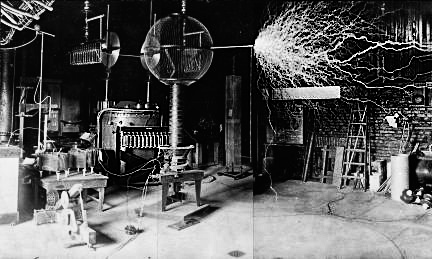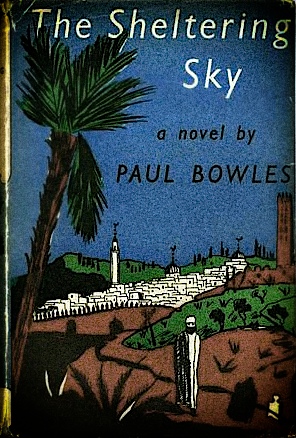I recognize the potential silliness of thinking about performance texts sustaining their existence as texts by making noise; and that sort of academically “correct” thinking conjures up images for me of texts marching off shelves or committing unmentionable acts on themselves or other texts. And yet, I recognize that language voices certain cultural predications within the most unique and singular texts, predications that constitute part of the conceptual vocabulary within which an individual text operates. This recognition prompts me to continue, for the moment, writing sentences that pretend that texts do things, even though that pretense seems increasingly facile and evasive.
There’s Foucault’s coercive voice of the sixties and seventies working to disintegrate the fixed point of origin in the consciousness of the writer and removing the idea of a text as significant because of authorship. In The Archaeology of Knowledge, Foucault discusses discourse as a sequence of statements that can be spoken by a series of different subjects as these individual voices temporarily occupy that discursive space. The dissemination or distribution of statements in the world constitutes the authenticity of the text, not its function as the expression of a single subject. In this sense, the speaker becomes the subject of the text in a process of subjection not as the agent of the text as an instrument or agency to be used by her/him. For the following reasons that idea of text, agent, agency should be meaningful:
(1) As I [re]produce a text in performance, I do speak it, occupy its space, and am subject to its structure, logic, biases, vocabulary, relational systems even though I am, at the time in which I am involved in production conscious of the text as something I metamorphose. Like an army of occupation those performing the text are changed by the native populace to whom we are alien.
(2) I recognize that what I consider to be my transformation/ deformation / appropriation / reconfiguration of the text is, in itself, subject to the theatrical and theatrical/cultural systems in which such texts are produced within the theater as an institution–as an “experimental” institution, a commercial institution, an academic institution, etc. Even when I think that I am “allowing a text to play outside of over-determined interpretation,” I am exercising, consciously or unconsciously, aesthetic strategies that originate both outside of the text and outside of my use of the text.
Despite a skepticism toward the idea of an originating subject and a skepticism toward myself as an originating interpreter of texts for performance (or criticism), I continue to work within a framework that identifies Hamlet with the highly impacted proper noun, Shakespeare, Hedda Gabler with Ibsen, and Fin de partie with Beckett. This skepticism prods me to exercise those fashionable circumlocutions in which I shift intention from the “implied” authorship of Beckett, to the “texts of Beckett.” When I identify predications as the action of a text, I facilely elude the fact that I have elected to address a text made significant by its attribution to a famous subject and I less facilely mask the fact that I am making the predications I pretend to “fall upon”, by chance, in the text.
For me there is an almost erotic appeal of returning to a sense of the presence of human agency within a text. I love thinking of texts as unique, idiosyncratic, solipsistic phenomena whose value derives, at least in part, from their singularity rather than their implication within sign systems that plays upon the absence of an ever receding signified.







